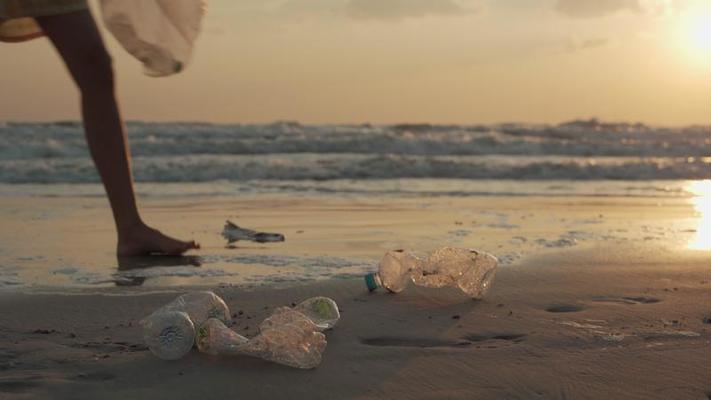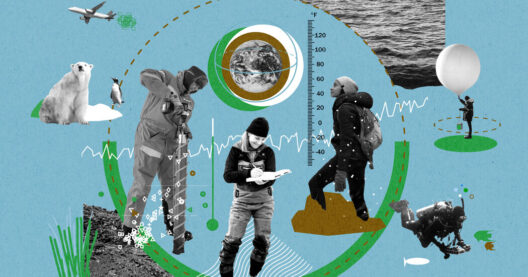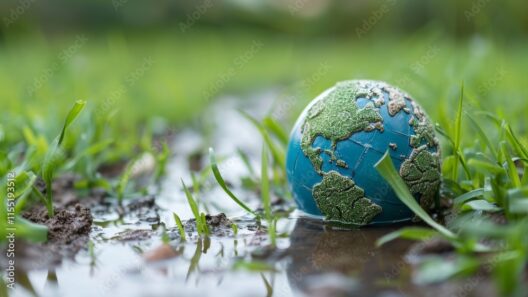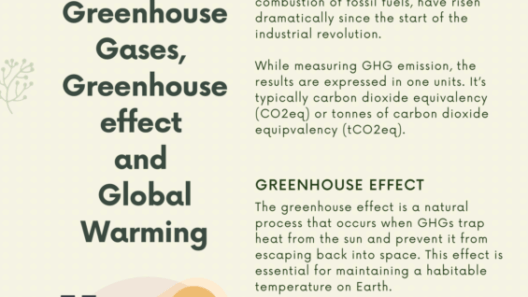Cleaning up parks might seem like a modest endeavor, akin to rearranging deck chairs on the Titanic. However, when viewed through a broader lens, this seemingly trivial act can serve as a powerful metaphor for collective stewardship of our planet. Like individual raindrops coalescing to form a mighty river, small actions collectively wield the capacity for monumental impact. As the climate crisis looms large, individual and communal efforts to clean and maintain parks assume critical importance, playing a multifaceted role in combating global warming.
First, let’s explore the inherent connection between green spaces and the health of our environment. Parks and natural areas act as the lungs of our urban landscapes, producing oxygen and absorbing carbon dioxide—two fundamental components in the climate equation. Through photosynthesis, trees and plants store carbon, effectively mitigating the greenhouse gases that fuel climate change. By maintaining these green sanctuaries, we not only preserve their ecological integrity but also enhance their capacity to sequester carbon. When a community takes the initiative to clean up its parks, it simultaneously invests in the natural carbon sink that these areas represent.
Moreover, the act of cleaning parks fosters a renewed appreciation for nature. Engaging local communities in beautification projects can stimulate a deeper understanding of environmental stewardship. Individuals who have a palpable connection to their natural surroundings are more likely to advocate for their protection, leading to larger ecological benefits. This connection works as an intricate tapestry, weaving together the threads of environmental awareness, social responsibility, and community engagement. Each act of cleaning becomes a stitch in this fabric of collective action, drawing communities closer together and reinforcing their shared goal of environmental sustainability.
Beyond merely enhancing the aesthetic beauty of parks, cleanup initiatives underscore the deterrent effect they have on pollution. Litter attracts more litter; it’s a simple psychological phenomenon. When an area is pristine, it serves as a beacon of respect for nature, inviting visitors to reciprocate that respect. A clean park is an invitation to the world—a proclamation that nature deserves to be cherished. Conversely, a polluted park can appear desolate, dissuading individuals from engaging with their surroundings. Thus, cleaning parks can catalyze a virtuous cycle where beauty breeds beauty, promoting ongoing community engagement and awareness.
Furthermore, such actions contribute to the preservation of biodiversity, an often-overlooked aspect of climate combating efforts. Parks serve as vital habitats for a plethora of species, from small insects to larger mammals. Pollution and litter can disrupt these ecosystems, leading to detrimental effects on local flora and fauna. By cleaning these areas, communities not only protect wildlife but also nurture the intricate relationships within ecosystems that contribute to their overall resilience. A flourishing biodiversity acts as a natural buffer against the impacts of climate change, ensuring ecosystems can adapt and thrive even as temperatures rise.
In addition to ecological benefits, park cleanups engender social cohesion, bridging gaps between individuals from diverse backgrounds. They can transform a mundane task into a communal experience, fostering camaraderie among participants. The shared purpose of preserving and enhancing the environment can ignite a passion for further action—be it advocating for better recycling practices, supporting local legislation for environmental protection, or even spearheading larger sustainability initiatives. These communal bonds are essential in forging alliances rooted in shared values, ultimately driving more robust grassroots movements.
Education plays a pivotal role in the context of park cleanups. Many cleanup initiatives often incorporate educational components designed to inform participants about environmental issues and sustainability. Workshops, talks, and demonstrations can transcend the physical act of cleaning; they instill a greater awareness of the complexities related to climate change and local ecological health. Participants leave not only with a sense of pride in their achievement but with a wealth of knowledge that they can share with others, further amplifying their impact.
Ultimately, the act of cleaning up parks emerges not merely as a solitary effort, but rather as a mosaic of human agency and environmental action. Each bag of collected trash speaks to the individual effort of each participant, yet it forms a larger picture—one that signifies hope and agency in the face of an overwhelming crisis. Just as a single seed can grow into a magnificent tree, each cleanup event can promote a greater understanding of our shared planet and responsibility towards it.
In conclusion, cleaning up parks unequivocally helps with global warming, serving as a testament to the power of small actions yielding significant impacts. These initiatives act as microcosms of greater environmental stewardship, promoting ecological health, enhancing community bonds, fostering education, and cultivating a collective sense of responsibility. With the world facing unprecedented climate challenges, we must all become vigilant caretakers of our environment, acknowledging that every effort, no matter how small, has the potential to ripple outwards, sparking change on a grand scale. Embracing the ethos of community-driven stewardship can catalyze a sustainable future—where nature and humans coexist harmoniously, each action reverberating through the corridors of time, echoing in the whispers of the forests and the rustle of the leaves.








